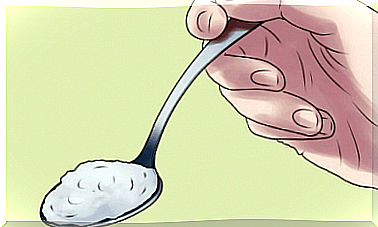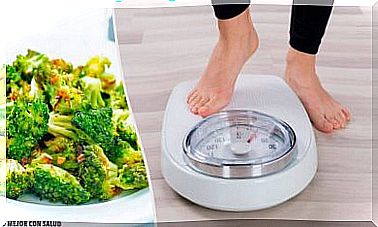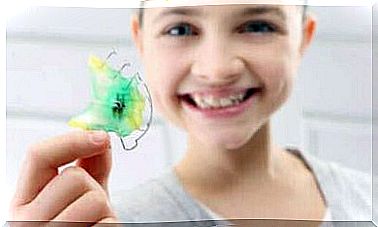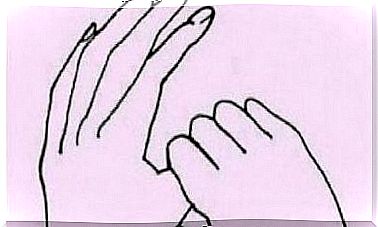Hyperactivity In Adults: 6 Tips To Deal With It

Hyperactivity in adults is a problem that many people do not recognize. After all, most people associate hyperactivity with young children and students. However, those who do not receive proper treatment as children are more likely to be hyperactive as adults.
Find out in this article how to recognize hyperactivity in adults and how to deal with it.
What is hyperactivity in adults?
Hyperactivity is when a person takes on many tasks at once and fails to complete even one task. Hyperactive people usually feel restless. Hyperactivity can manifest itself in different ways in both children and adults. It is mainly characterized by the following symptoms:
- Impulsivity
- A short attention span
- Lack of concentration
- Time management issues
- The inability to remain inactive
- A lack of cohesion in the activities
In addition, a hyperactive person never stays in the same place. They talk a lot and have a hard time keeping quiet. They can also be very impatient. This is obvious when they have to wait in line (in the bank or in a public place). They can’t wait for it to be their turn. People with hyperactivity often interrupt others as well.
Hyperactivity in adults is not as well known in most people as it is in children. However, it happens more often than you might think.
This is an emotional and mental disorder that can lead to:
- a fluctuating mood
- bad daily planning
- a lack of self confidence
- a weak or irregular attention span
As a result, hyperactive adults are often people with:
- low self-esteem
- complicated romantic relationships
- little social interaction
- many failures
The main problems that arise as a result are anxiety, depression, personality disorders and drug use.
Coping with hyperactivity in adults
You should first consult a psychologist. He will analyze your situation and make a diagnosis. If you really do have adult ADHD, then you need to take the next step. Collect information about the disorder so that you understand what it is and how it affects people and other areas of life.
Several options are available to overcome hyperactivity. Many of those options involve cognitive therapy and behavioral therapy. It focuses on gradually changing certain habits. Here we give you some tips on how to deal with hyperactivity in adults.
1. Talk things out

It’s always a good idea to talk to the people you can trust. However, the condition is that it is someone who can (and wants to) help, offer support and respect you. It is very important that you can fall back on someone who is able to refrain from judging.
2. Watch your breathing

Focused breathing can have many positive effects in overwhelming situations or moments of fear. To regain your composure, each time you inhale and exhale, focus on the movements of your body until you have settled down.
This technique makes it possible to stop focusing on the negative side of things.
3. Try not to interrupt the other person

How can you avoid constantly interrupting others? You can try counting to 10 before you start speaking. In addition, you should practice actively listening to what other people are saying, without commenting. Only respond if they ask for your opinion directly.
4. Relax
In the case of hyperactivity in adults, you can try all kinds of relaxation techniques. Sometimes meditation is the best solution. At other times, a relaxing shower or a walk in the park will be more beneficial.
It is important that you find the method that will best help you calm your mind and that whirlwind of ideas.
5. Organize your life

Hyperactive people have yet another obstacle to tackle: the disorder in their environment (at work or at home).
- There are many ways to put things in order. For example, you can:
- make to-do lists
- keep a diary at hand
- using post-its
What you can also do is set aside a day or a morning to clean up your desk or workplace. You then gradually change your habits and prevent piles from continuing to build up. You can also try storing your clean clothes instead of leaving them on a chair, or putting files back in the closet instead of stacking them on your desk.
6. Limit your distractions
It is very common for hyperactive people to be easily distracted. So take this into account and limit the elements that distract you at your study place or on the work floor.









